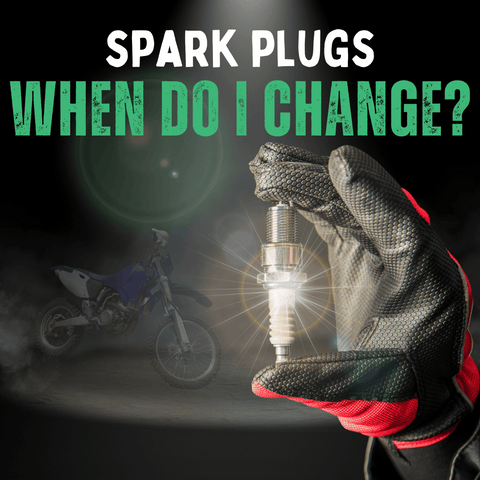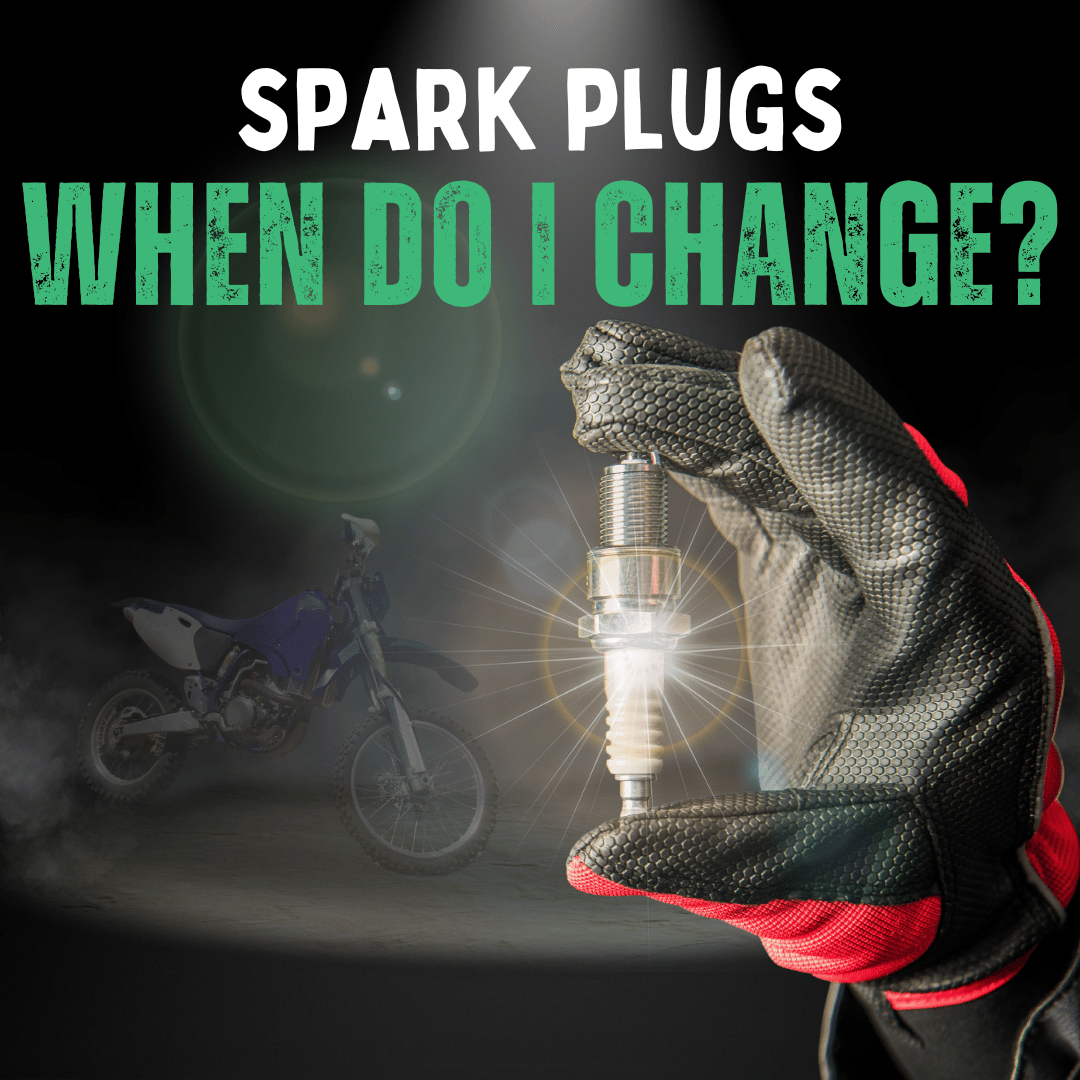
Updated:16.4.25
How Often Should You Change a Motorcycle Spark Plug?
You love the roar of the engine, the wind on your face, and the freedom of the open road—but how well do you know the parts keeping your bike in peak form?
One small but mighty component deserves your attention: the spark plug. This guide covers everything you need to know about how often to change it, what signs to watch for, and how it impacts your bike's performance.
Typical Spark Plug Lifespan
Motorcycle spark plugs typically last between 8,000 to 10,000 miles (13,000–16,000 km), depending on riding style, engine type, and plug quality.
Why Spark Plugs Matter
Spark plugs are the heartbeat of your engine's ignition system. Without them, there’s no spark—literally. They ignite the air-fuel mixture in your engine, powering every journey you take.
When they wear out, you'll notice: misfires, weak acceleration, poor fuel economy, and a rougher ride overall.
Common Warning Signs
- Engine misfiring or sputtering
- Hard starts
- Poor throttle response
- Increased fuel consumption
Related: 10 Reasons Why Your Dirt Bike Won’t Start & How to Fix It
When to Inspect and Replace Spark Plugs
Beyond the mileage rule, here are a few scenarios where inspection makes sense:
- Before Long Trips: Always check your spark plug condition before extended rides.
- During Routine Maintenance: Combine with oil changes and tyre checks.
- After Rough Rides: Dirt, water, and harsh environments can wear them down quicker.
Different Types of Spark Plugs
Choosing the right spark plug type can improve longevity and performance:
- Copper Core: Excellent conductivity, shorter lifespan.
- Platinum: Middle-ground between price and longevity.
- Iridium: High-end, long-lasting, and ideal for consistent performance.
- Double Platinum: Even longer life, better for performance engines.
How to Check a Spark Plug
- Visual Inspection: Check for soot, oil, or physical damage.
- Colour Indicator: A healthy plug should be greyish-tan.
- Gap Measurement: Use a gap tool to ensure it's within manufacturer spec.
Can’t Change It Yourself?
If you're not into DIY or short on time, find a reputable mechanic.
- Ask for referrals from riding groups or friends.
- Check online reviews.
- Ask for a clear breakdown of the service and pricing.
Environmental Effects on Spark Plugs
- Rain/Moisture: Increases corrosion risk.
- Off-Road Use: Dirt and debris cause faster wear.
- Extreme Heat/Cold: Affects metal integrity and combustion timing.
Tips to Prolong Spark Plug Life
- Use high-quality fuel.
- Stick to your bike’s service schedule.
- Keep air filters and plugs clean.
Wrapping Up
Changing your motorcycle’s spark plug every 8,000 to 10,000 miles is a good rule of thumb—but your bike might tell you sooner. Pay attention to how it rides, and don’t ignore the signs.
Take care of this small but powerful part, and your engine will thank you with smoother rides, more power, and fewer surprises.
FAQs
What are signs it’s time to replace a spark plug?
Misfiring, poor throttle response, engine knocking, and trouble starting are common indicators.
Can new spark plugs improve performance?
Yes—especially if your old ones were worn out. New plugs restore optimal ignition and improve engine smoothness.
What’s the best type of spark plug?
Iridium plugs offer the longest life and consistent performance. Copper plugs are affordable but wear out faster.
Do spark plug wires matter?
Absolutely. Faulty wires can disrupt ignition and reduce performance. Inspect and replace them as needed.
Get in Touch 🚀
Loved our guide on “How Often Should You Change a Motorcycle Spark Plug?”
For more wheely-good advice or kids ride-on toys, visit RiiRoo.com.
Chat with us live or explore our motorbike range below!





Share:
5 Essential Motorcycle Chain Maintenance Tips - EVERY Rider Needs to Know
How Fast Does a 250cc Dirt Bike Go? (ANSWERED)